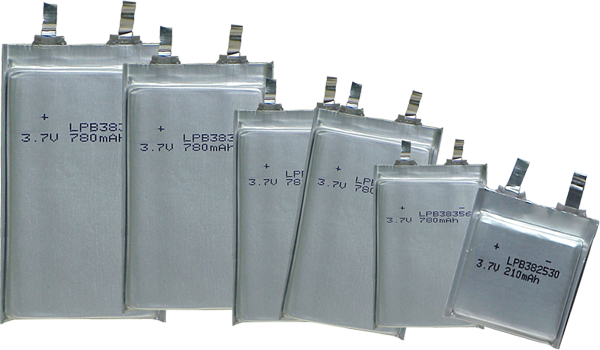
A lithium ion battery is a type of rechargeable battery in which lithium ions move from the negative electrode to the positive electrode during discharge, and reversely when charging. Different types of lithium-ion batteries use different chemistry and have different performance, cost, and safety characteristics. Unlike lithium primary batteries (=disposable batteries), lithium-ion cells use an intercalated lithium compound as the electrode material instead of metallic lithium.
Lithium Ion batteries are one of the most popular types of battery for portable electronics, with one of the best energy-to-weight ratios, no memory effect, and a slow loss of charge when not in use. In addition to uses for consumer electronics, Li-ion batteries are growing in popularity for defense, electric vehicles, and aerospace applications due to their high energy density.
The three primary functional components of a lithium-ion battery are the anode, cathode, and electrolyte. The anode is made from carbon, the cathode is lithium cobalt oxide, and the electrolyte is a lithium salt in an organic solvent.
The three participants in the electrochemical reactions in a lithium-ion battery are the anode, cathode, and electrolyte.
Both the anode and cathode are materials into which, and from which, lithium can migrate. When a lithium-based cell is discharging, the lithium is extracted from the anode and inserted into the cathode. When the cell is charging, the reverse process occurs: lithium is extracted from the cathode and inserted into the anode.
The cathode half-reaction
The anode half reaction
In a lithium-ion battery the lithium ions are transported to and from the cathode or anode, with the transition metal, cobalt (Co), in LixCoO2 being oxidized from Co3+ to Co4+ during charging, and reduced from Co4+ to Co3+ during discharge. MIAMOTO Lithium ion batteries offer polymer, cylindrical and button shape, please check it out in our product list.

